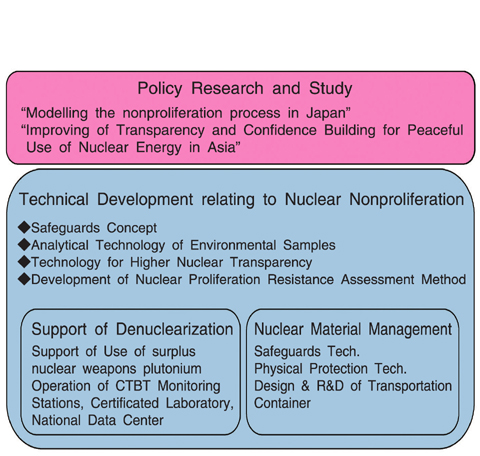
Fig.13-1 Research Activities of Nuclear NonproliferationScience Technology
We have two primary missions regarding nuclear nonproliferation. One mission is to support the government in developing nonproliferation-related policies through research and study. The other mission is to support government and international organizations by developing nuclear nonproliferation technology. Other important missions of JAEA are to support denuclearization, nuclear material control by the facility using it, and human resource development.
"Modelling the nonproliferation process in Japan", and "Improving Trustworthiness and Transparency of Peaceful Use of Nuclear Energy in Asia", based on in-house technical knowledge.
In 2007 we comprehensively reviewed Japan's current nuclear nonproliferation efforts with regard to items such as guarantee of peaceful nuclear use by domestic laws and regulations, ensuring transparency of plutonium use, export control, sensitive technology control, physical protection /nuclear security, and safeguards measures, and also considered concrete cooperative arrangements with the countries in Southeast Asia where introduction of nuclear power generation is likely. Moreover, in support of the Japanese government, we investigated fuel supply guarantees and nuclear nonproliferation strengthening, which are international issues.
Development of an advanced safeguards system which will provide effective and efficient safeguards for the future Fast Breeder Reactor fuel cycle is underway. In collaboration with the U.S. as part of GNEP, cooperative research plans for next generation safeguards measures/physical protection have been discussed at a working group level.
Regarding environmental sampling for safeguards, we are performing further development of the fission track-thermal ionization mass spectroscopy method with which a uranium particle less than 1μm can be detected.
We have started demonstration tests of a new color surveillance camera with high resolution, as a technical development for improvement of the reliability of, and confidence in, peaceful use of nuclear energy.
We also contribute to international activities such the Generation IV Atomic Energy International Forum, and we are performing research on evaluation methodology for the proliferation resistant features of future nuclear cycle systems.
We have been developing technology with contributes to disarmament and denuclearization of the world, in particular cooperative research with Russia to use surplus nuclear weapons plutonium as MOX vipac fuels in fast breeder reactors. The effectiveness of this method was recognized by both the U.S. and the Russian Federation, and both countries issued a joint statement that this application of plutonium in the fast breeder reactor BN600 has been approved.
In support of the CTBT (Comprehensive Nuclear-Test-Ban Treaty), at Tokai laboratory we continue to perform precise analysis of environmental samples collected at radionuclide monitoring stations throughout the world.
We have started provisional operation of the Takasaki and Okinawa monitoring stations after certification by the CTBT Organization. Operation of those stations is treated as provisional operation until CTBT enters into force, but it actually has reached the stage of full-scale operation with completion of all planned R&D.
At the National Data Center located in the Nuclear Science Research Institute in Tokai, we continued development and upgrade of software for γ-ray spectrometry, β-γ coincidence data analysis for radioxenon, a database system, and source location estimation of radionuclide release using an atmospheric transport model.
We have been making technical contributions to IAEA safeguards implementation by conducting several technical development projects in cooperation with the U.S. Department of Energy. We have also cooperated in domestic and international personnel training.
From the results of our long-term environmental durability tests of intruder automatic detection systems performed in order to strengthen physical protection, we identified causes of problems arising upon long term outdoor use and countermeasures therefore. We have verified that this is an effective system which can quickly detect and automatically monitor suspicious persons, if there is proper installation position of surveillance cameras and setup of effective detection rules, etc.
We have examined the medium-to-long term nuclear materials transportation plans of each project of JAEA for possible problems. Also, we have started negotiation with U.S. DOE on a contract for spent fuel transportation from research reactors. Moreover, in our development of a MOX powder transportation container, we carried out handling tests at a facility and heat transfer tests using a prototype container.